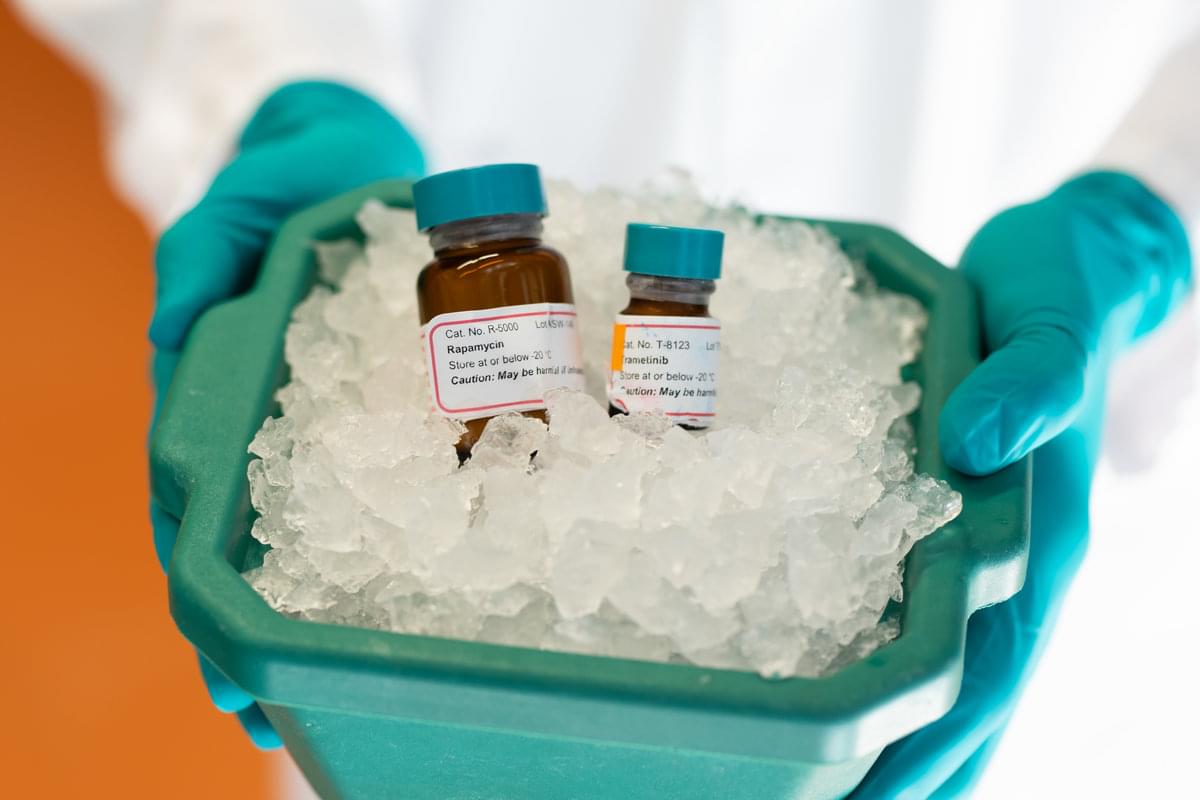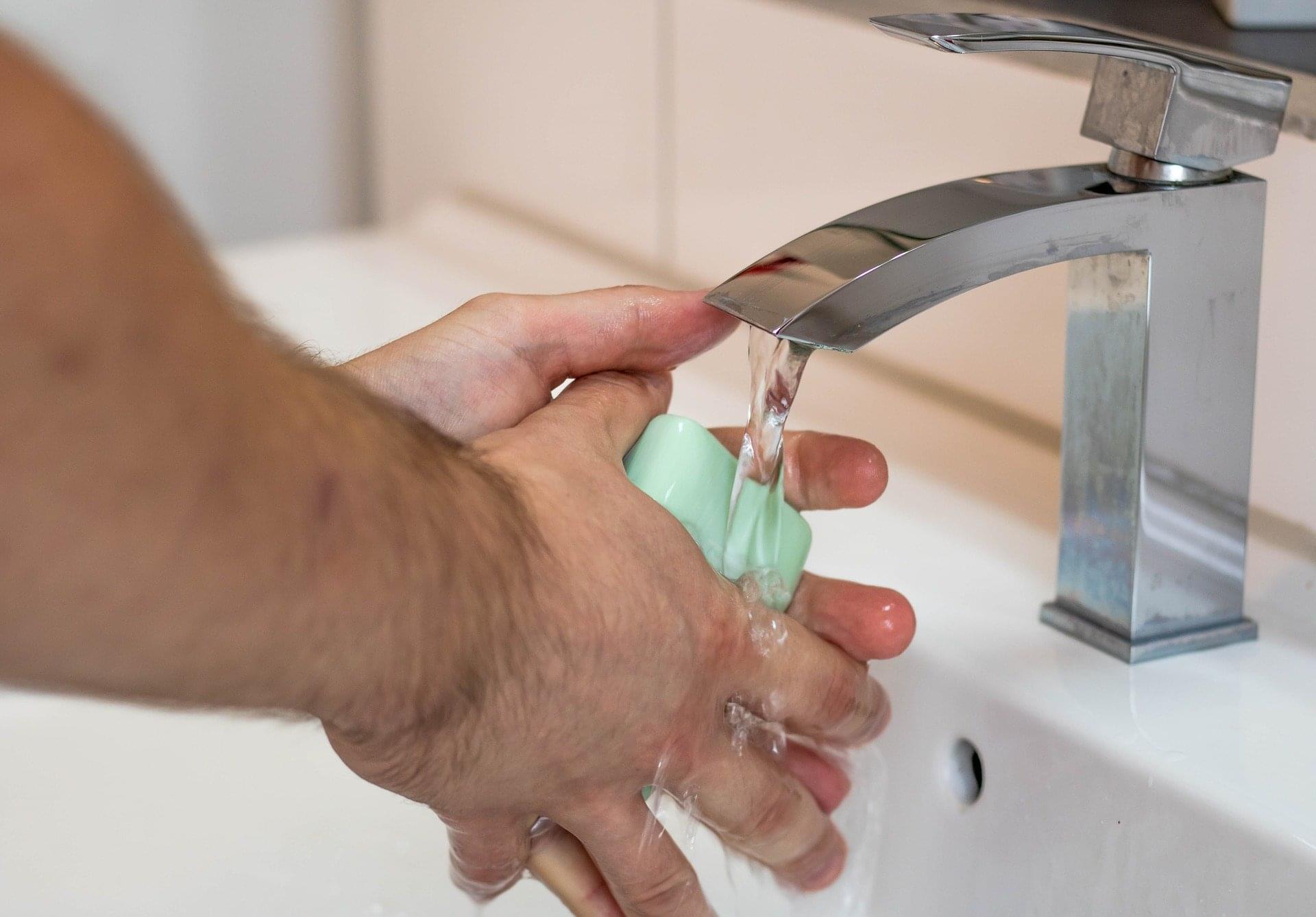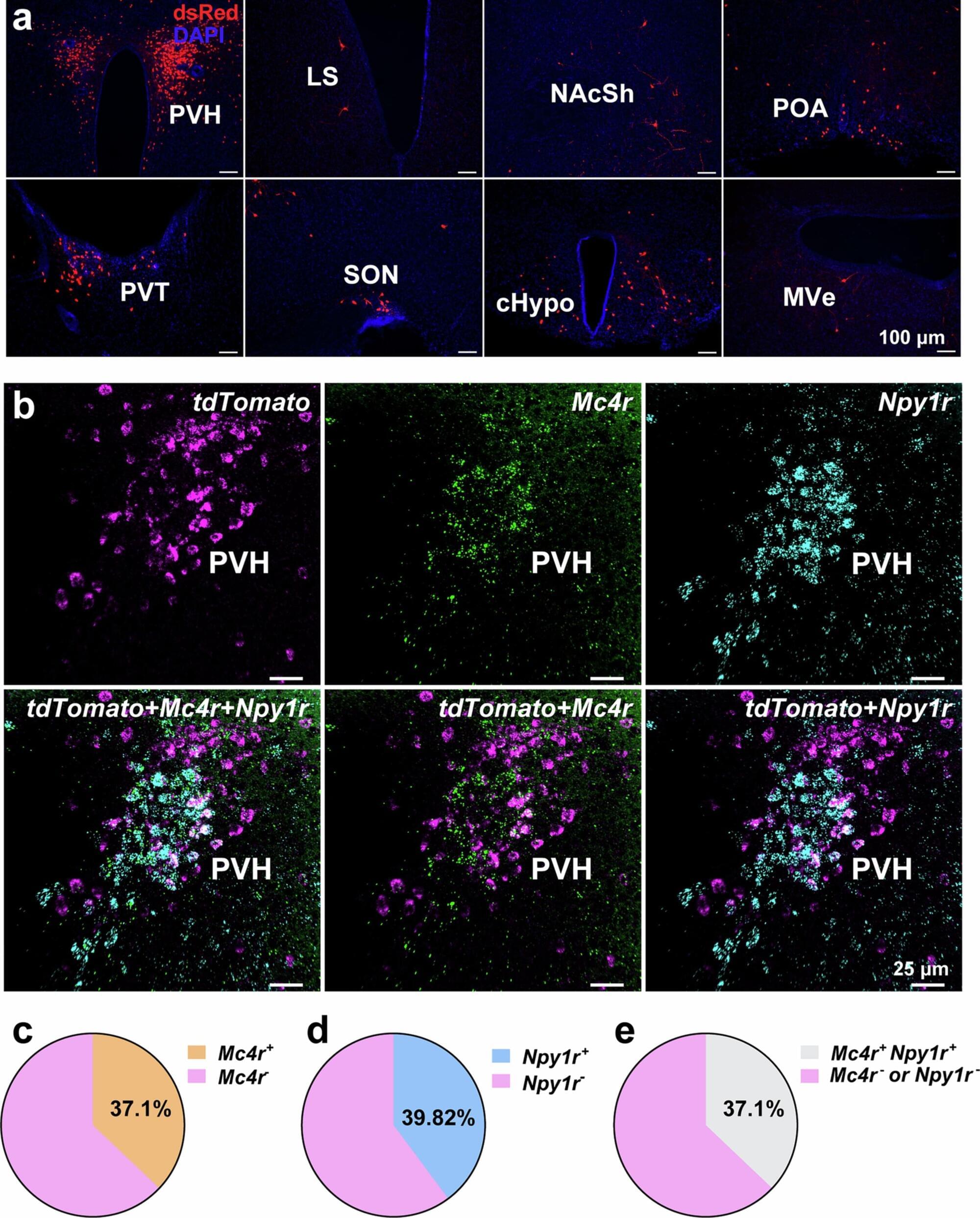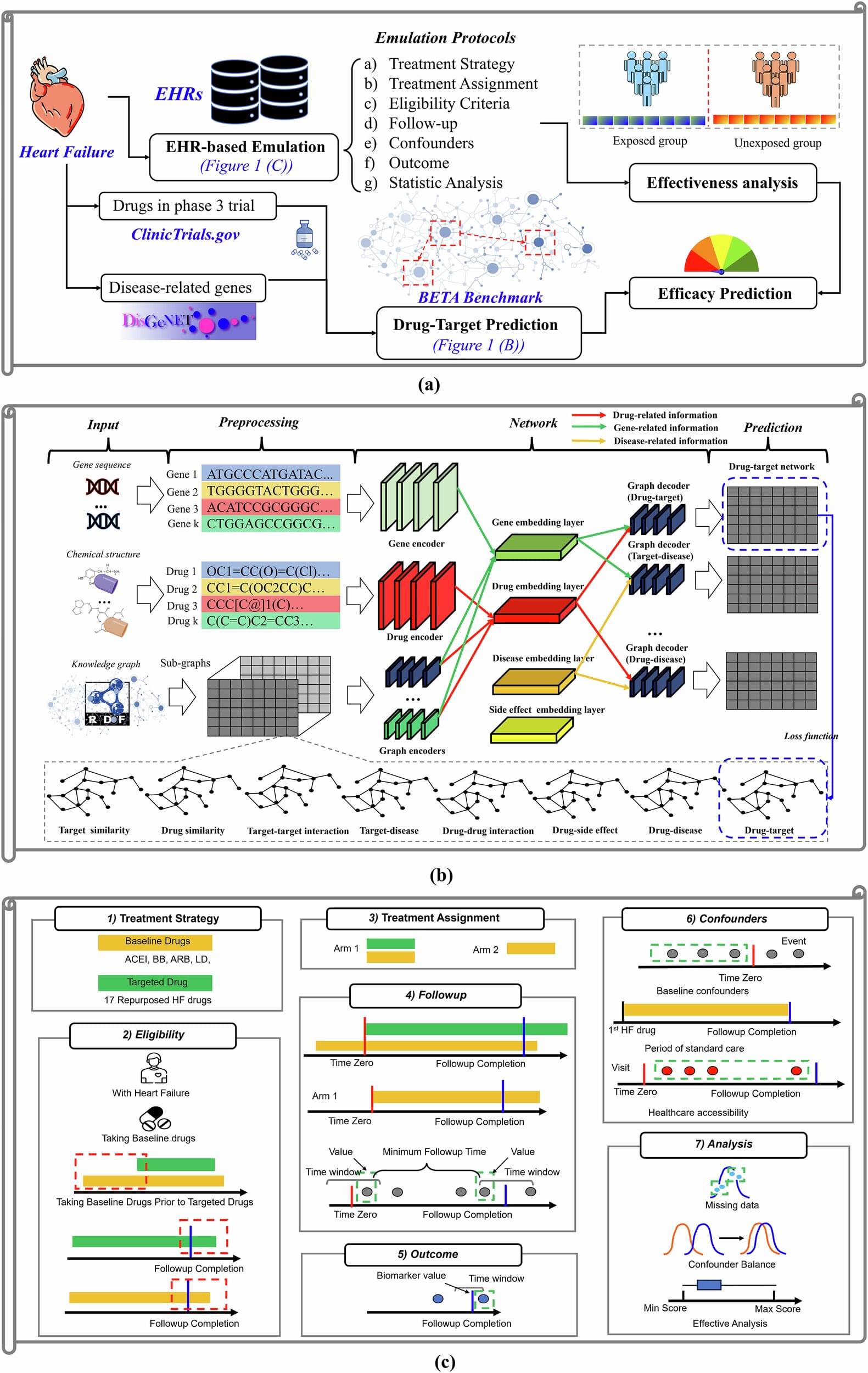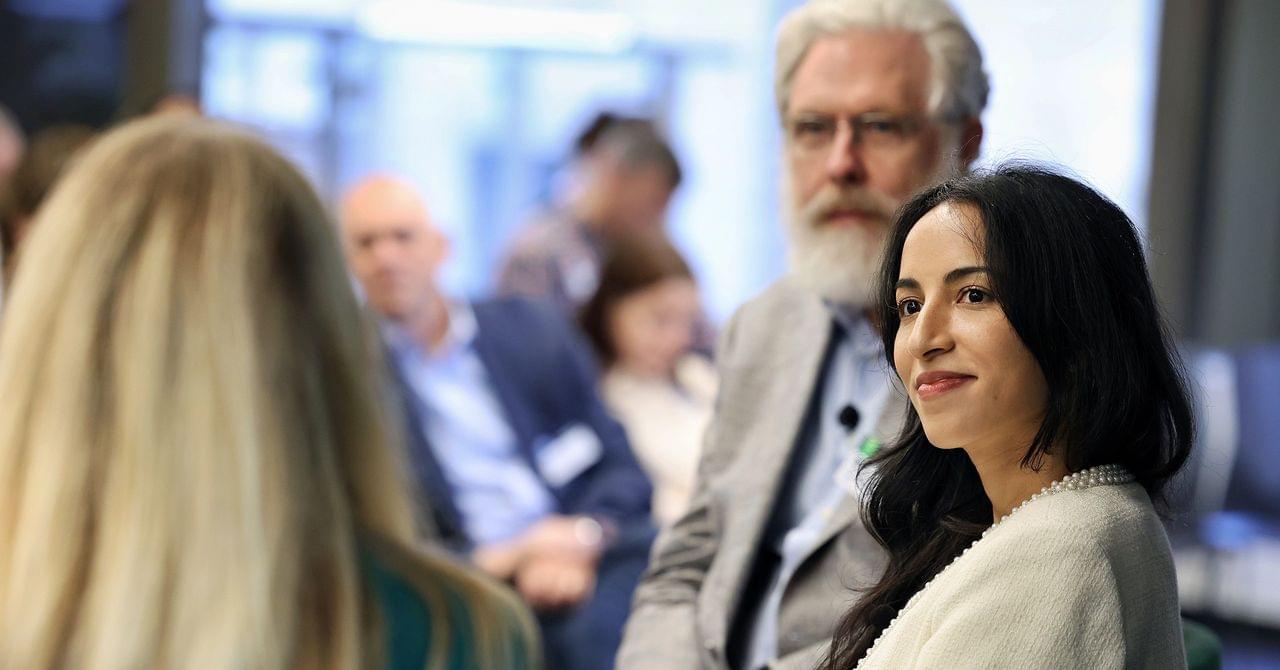MBA, PhD, is the Chief Executive Officer of The Parker Institute for Cancer Immunotherapy (PICI — https://www.parkerici.org/), a 501c3 nonprofit organization driving the next generation of cancer treatment by accelerating the development of breakthrough immune therapies to turn all cancers into curable diseases.
Dr. Knudsen most recently served as the Chief Executive Officer of the American Cancer Society (ACS) and ACS Cancer Action Network (ACS CAN), where she led both organizations through a period of transformative growth, significantly expanding research investments, advocacy reach, and direct patient support initiatives. Under her leadership, ACS evolved into a unified, high-performing enterprise, increasing revenue by more than 30 percent and broadening its impact to serve over 55 million lives annually. Moreover, Dr. Knudsen developed and scaled innovative programs that included joint ventures and an impact innovation arm to accelerate progress against cancer.
Prior to ACS, Dr. Knudsen served as Executive Vice President of Oncology Services at Jefferson Health and Enterprise Director of the Sidney Kimmel Comprehensive Cancer Center, growing a multi-state oncology network and spearheading advancements in translational cancer research that increased early access to the most advanced cancer care.
A globally recognized expert in prostate cancer, Dr. Knudsen has authored over 200 scientific publications and generated practice-changing discoveries.
Dr. Knudsen held leadership roles with organizations including the National Cancer Institute Board of Scientific Advisors, the Association of American Cancer Institutes, and the American Association for Cancer Research. She currently serves on the boards of Exai Bio, Paradigm Health, and Research!America, and advises multiple biotech ventures including ArteraAI and Transcarent.
Dr. Knudsen holds numerous awards for her scientific and healthcare accomplishments, and this year will be honored with the Allen Lichter Visionary Leader Award from the American Society of Clinical Oncology (ASCO), recognizing her lifetime achievement of outstanding contributions to the field of oncology.


